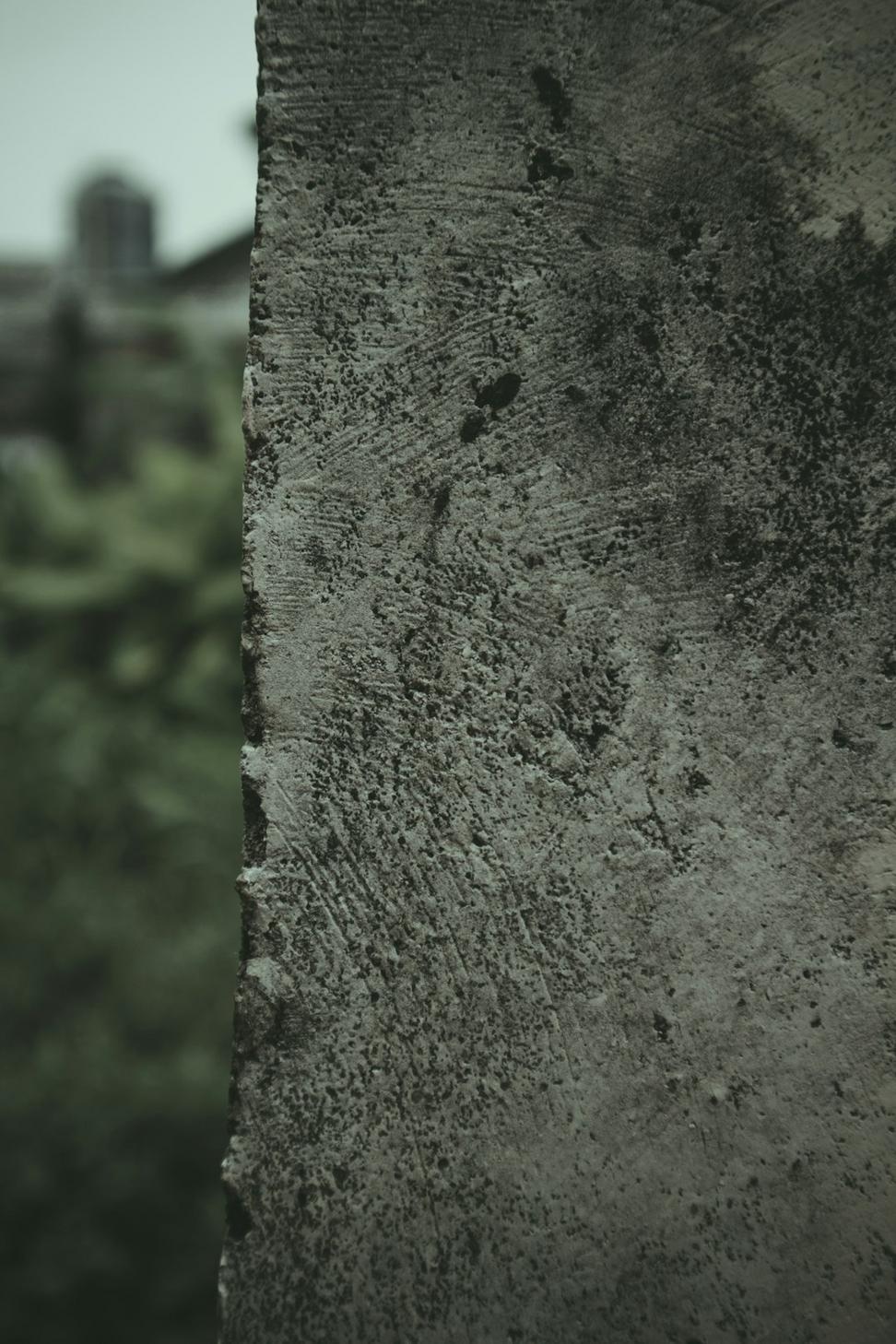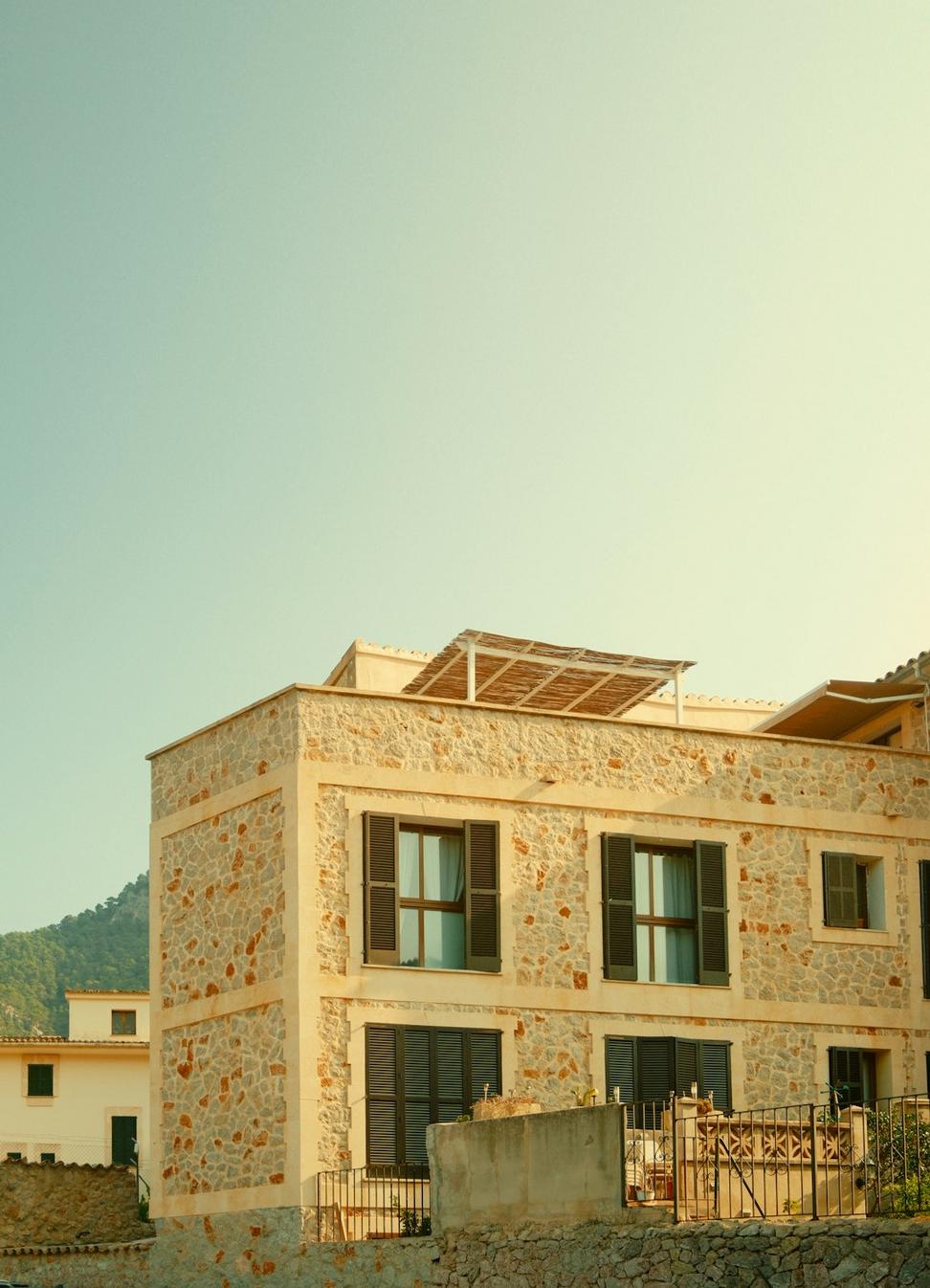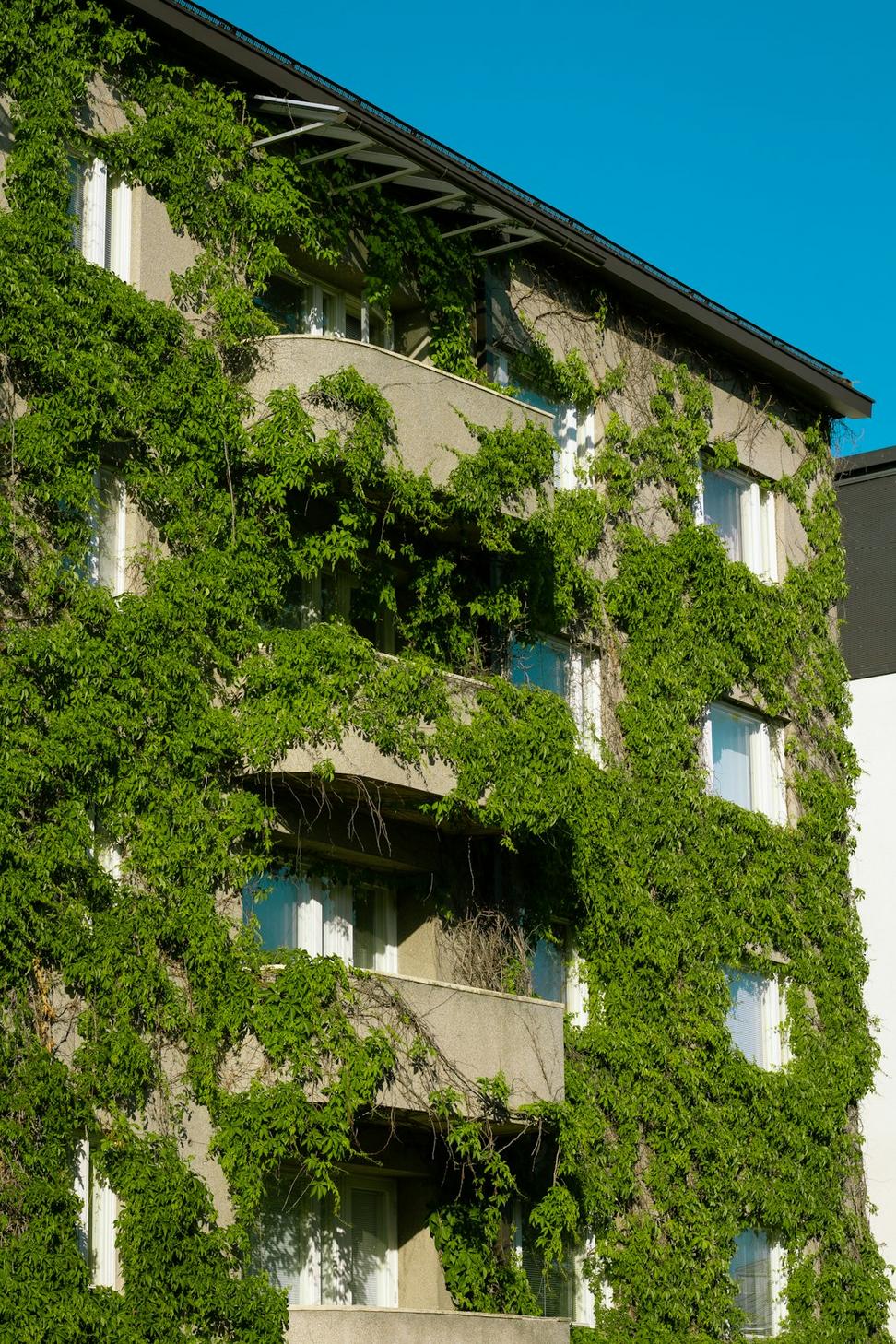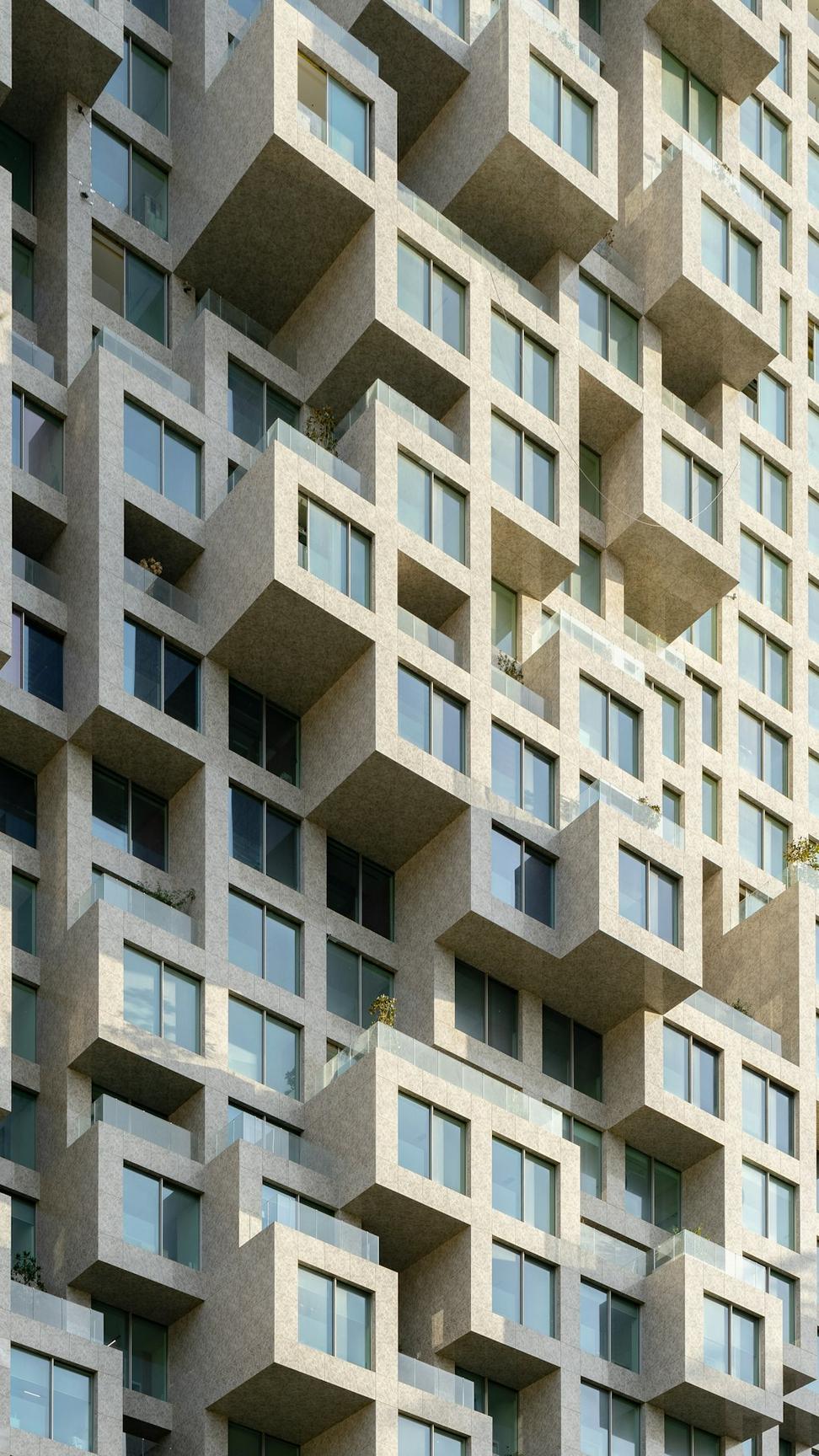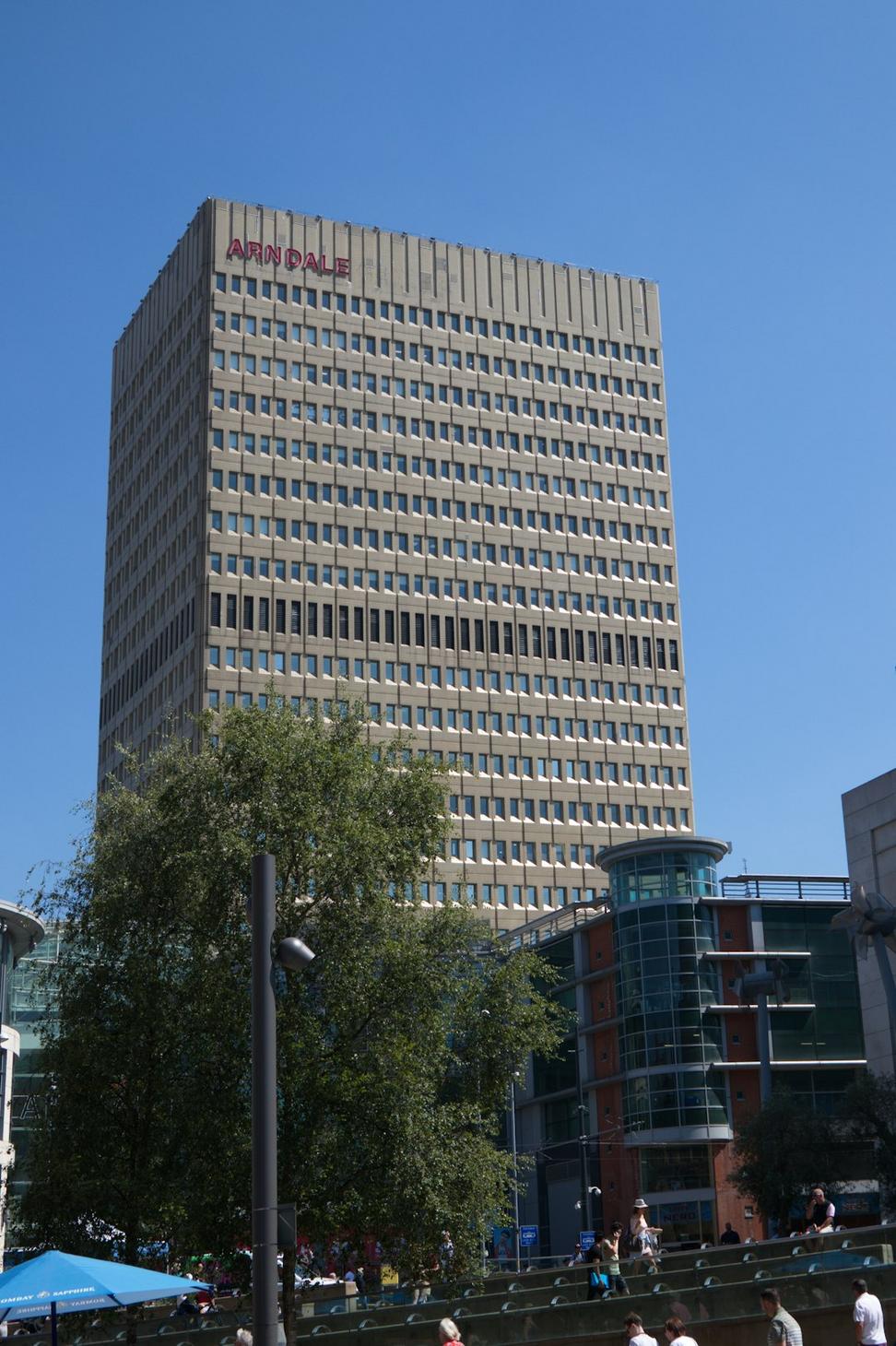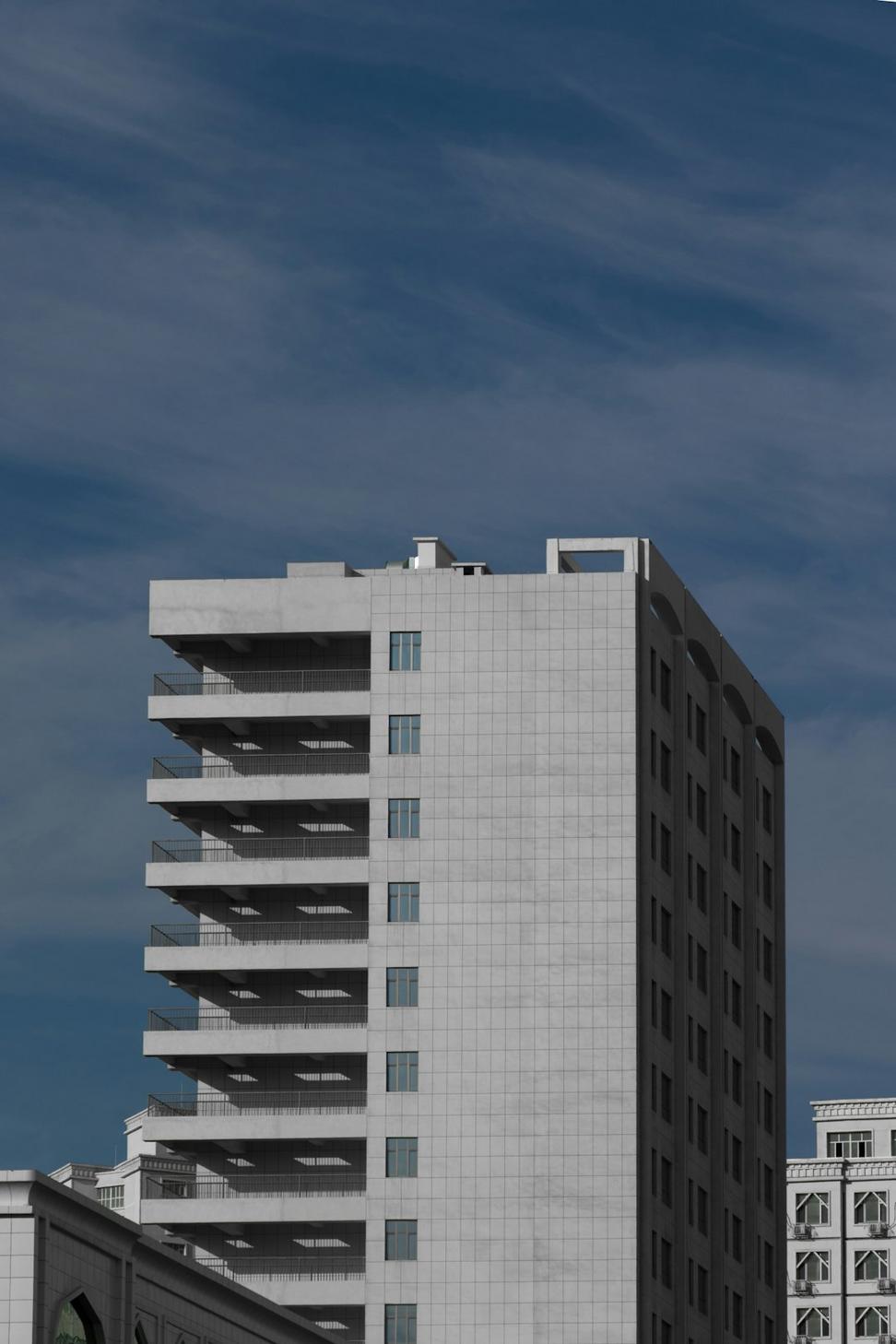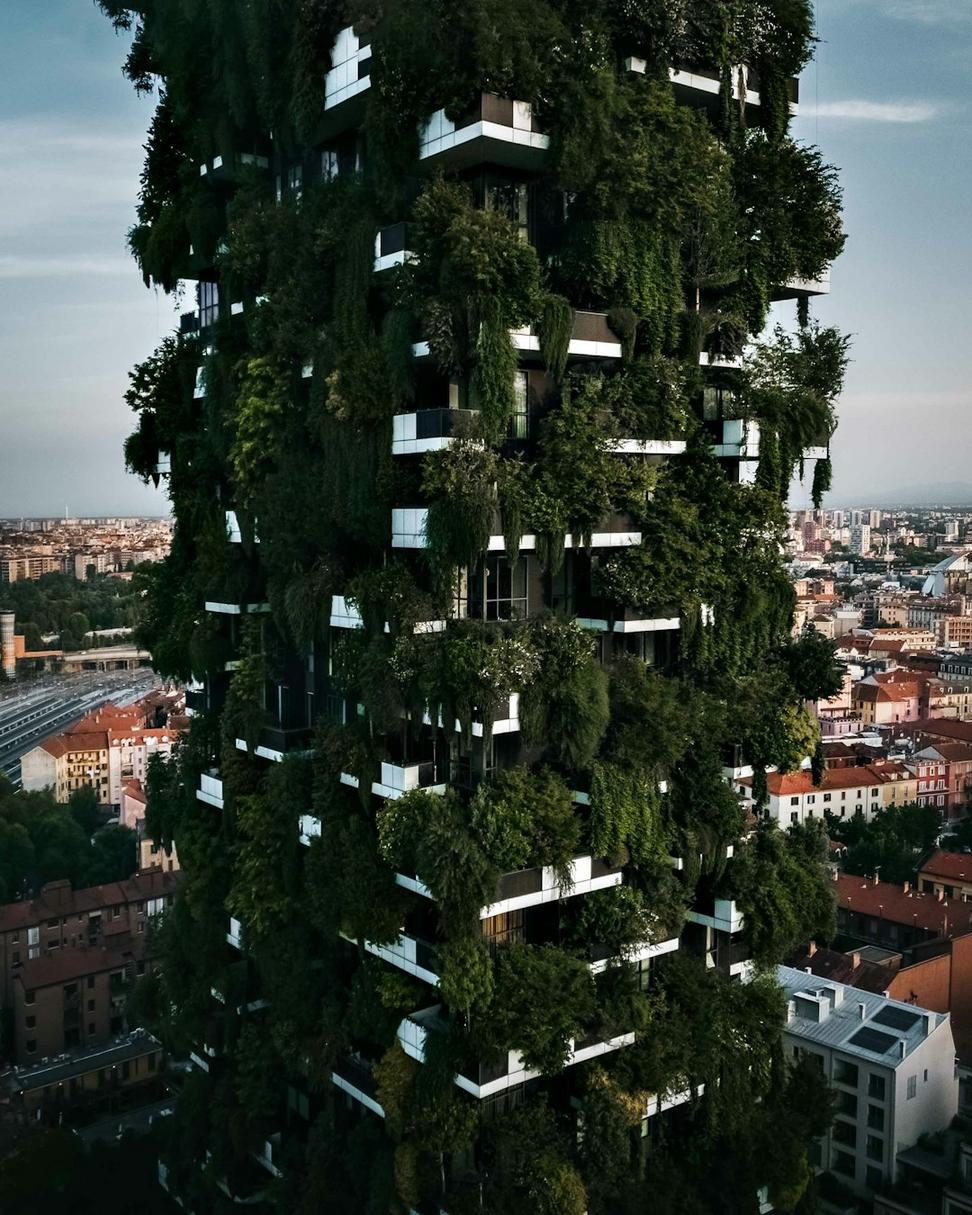Certifications We Pursue
LEED (Leadership in Energy and Environmental Design)
The gold standard. We've helped clients achieve Silver, Gold, and Platinum ratings. The process is rigorous but the documentation proves performance.
Passive House Certification
Probably the most demanding energy standard out there. We're talking buildings that use 90% less heating/cooling than conventional ones. Not every project needs this level, but when clients want peak performance, this is it.
Built Green BC
A regional program that's super relevant for BC projects. More flexible than LEED but still holds builders to high standards across energy, materials, and indoor air quality.
Living Building Challenge
This one's intense – buildings must generate their own energy, capture water, and use only approved materials. We've consulted on a few projects pursuing this; it's basically the Olympics of green building.
